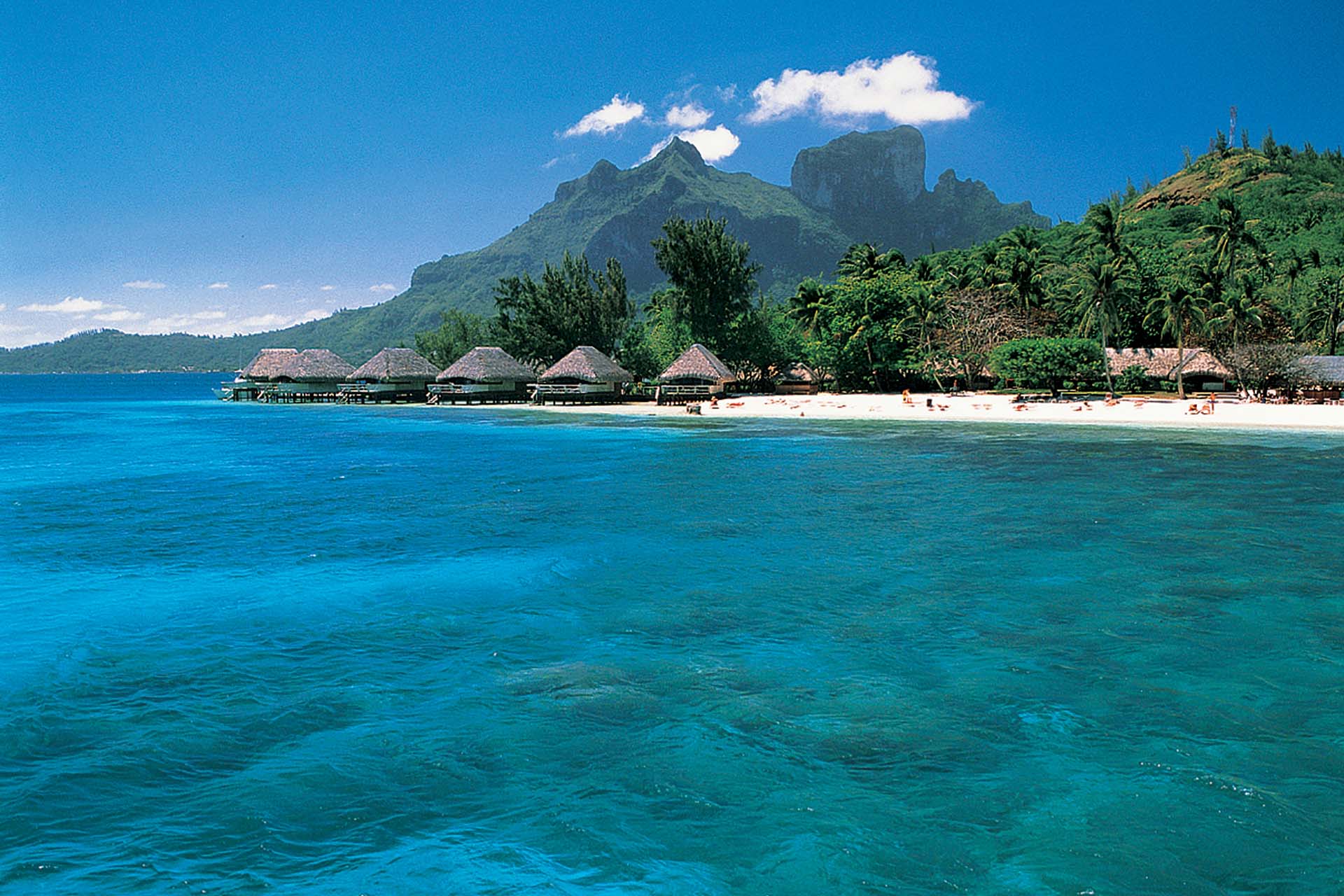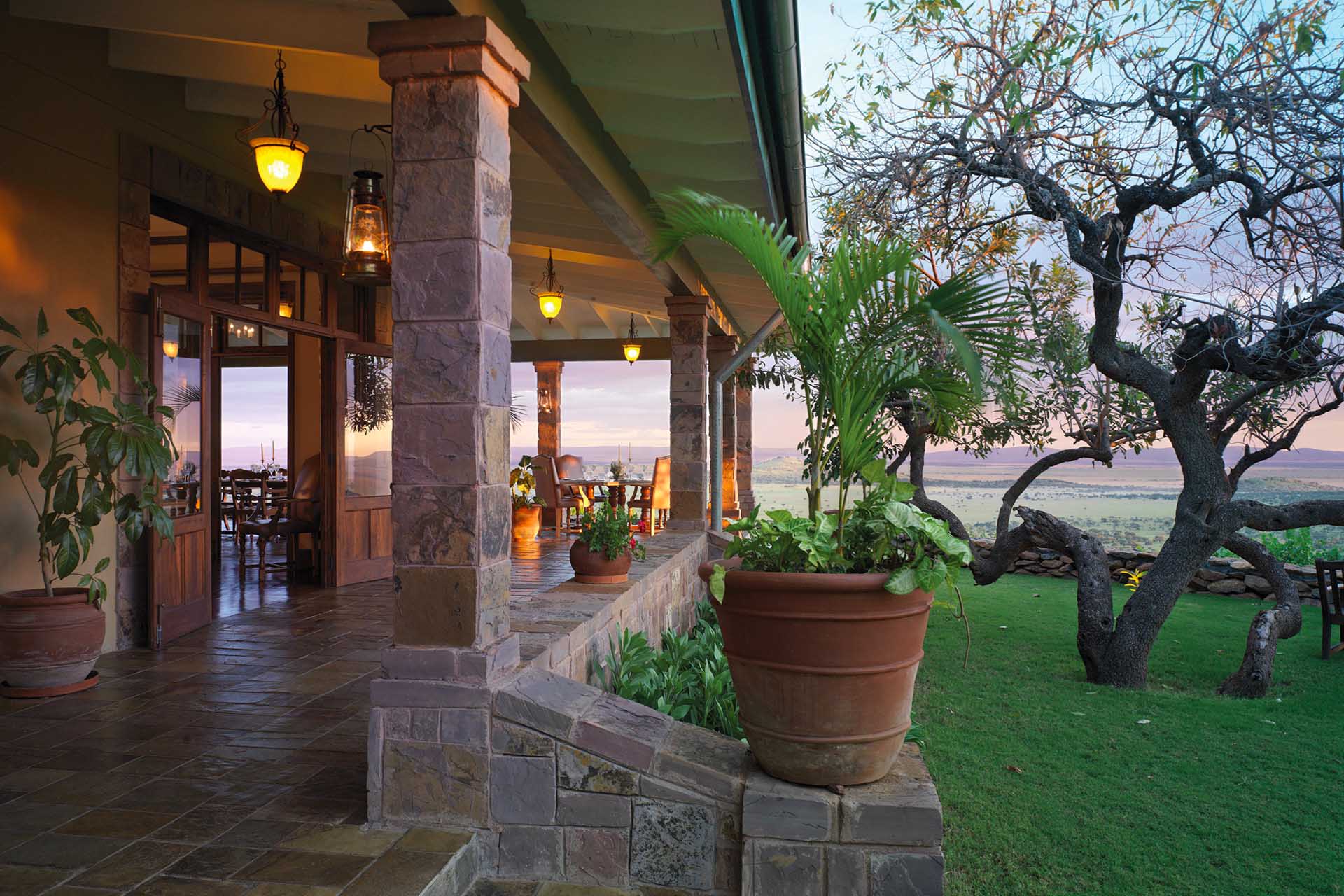Special Places in Special Places (Part I)
By WATG
September 9, 2015
The following is an opinion piece written by Jerry Allison published in the July 1988 issue of Restaurant Hotel Design International.
Special places in special places–redundant? Not really. In the context of resort travel, those words are a fair description of what we all seek when we become travelers for pleasure. Certainly when we head for a resort in anticipation of cherished days of respite, we look forward to finding a special place within a special place.

Even in Kuala Lumpur and Bali you can wake up in the morning and say, “What a nice hotel–for Chicago.”
Speaking for myself–with everything else being equal–I am far more likely to accept an invitation to speak in Portugal, for example, over the same opportunity in Chicago. I have never experienced Portugal. It holds great promise of pleasure. I have been to Chicago and experienced Chicago. I stayed in a Chicago hotel. And I also stayed in a Chicago hotel in Hong Kong. And in Tokyo. And in Singapore. A couple of them in Sydney, another in Auckland, and a whole list of other places around the world. Also Athens, the well spring of architectural history. It is truly amazing how widespread Chicago hotels are. Even in Kuala Lumpur and Bali you can wake up in the morning and say, “What a nice hotel–for Chicago.”
That’s what I want to talk about–how it is not necessary or even desirable to design Chicago hotels around the world. They belong in Chicago. Please understand, this is not meant to denigrate Chicago, the city. Or special places appropriate to Chicago, where they reflect the special character of that city.
The repetition of the architecture of any particular place–over and over in other places–and mindlessly superimposed out of context–inevitably adds up to sameness and usually inappropriateness. This homogenizing sameness means, at best, overlooking the vast potential that awaits sensitive, responsible development. Sameness in hotel design has the effect of watering down the individuality of place- the very thing that should be enhanced, spotlighted. This sameness is-by inference-disrespectful of the character and culture of the host community. Further, it tends to limit rather than contribute to guest opportunities to experience the place chosen for special qualities. These clone hotels are anything but special places.
These clone hotels are anything but special places.
I concede they routinely offer the basics for comfortable travel–plumbing that works, hot water for bathing, safe water for drinking, and clean sheets–but not deeply rewarding travel. And I would gladly accept a little sag in the bed in exchange for a little lift of the spirit.
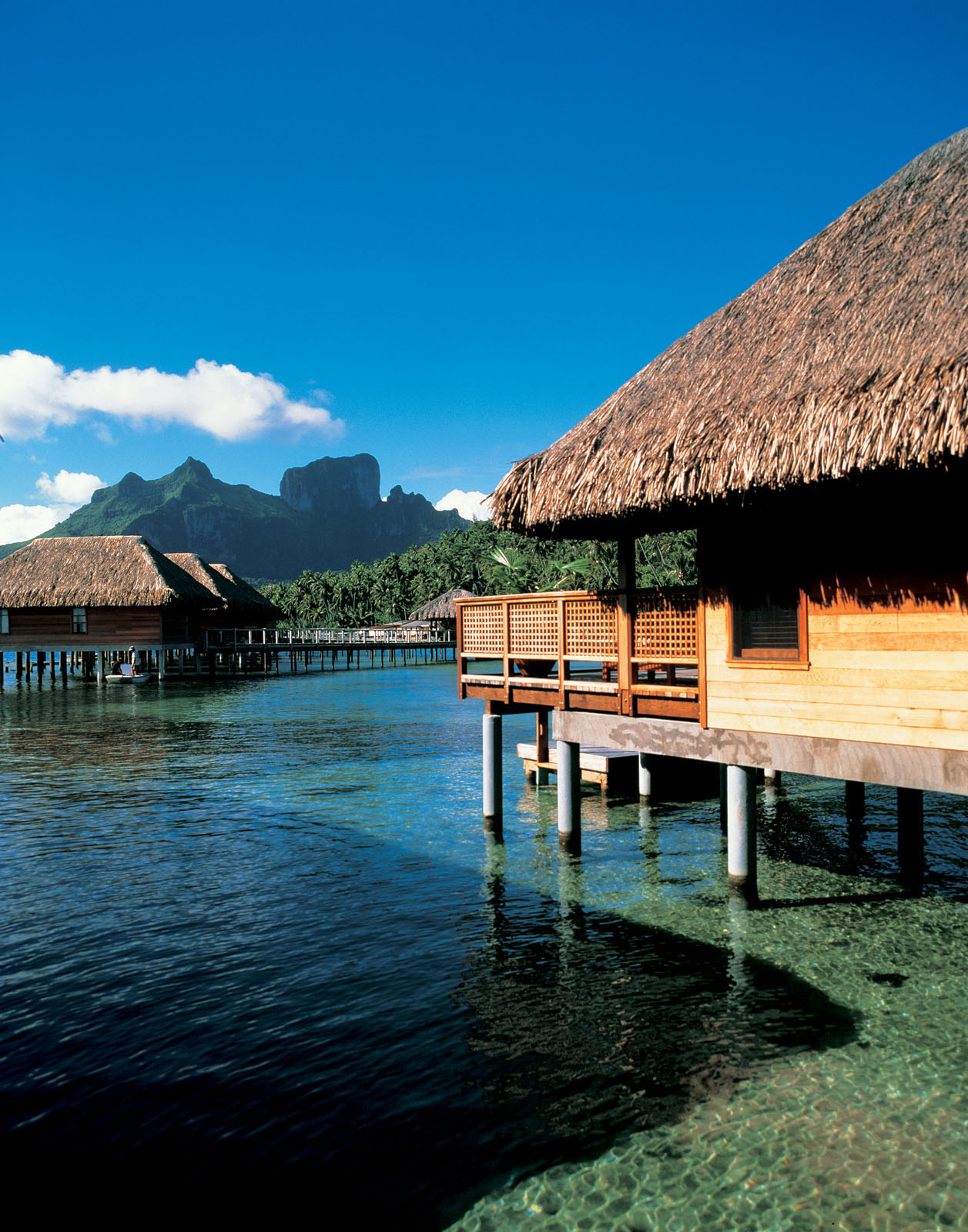
Do you think this is a bit overstated? I don’t think so. There are highly successful premium priced resorts in which all rooms have views and none have telephones, radios, TVs, or mini-bars. Let’s consider the implications of “travel for pleasure.” What does it mean? It means that for reasons of pleasure we leave one place to go to another. Why? The expectation of change, relaxation, escape, newness, excitement, enrichment, fantasy. Rejuvenating experience.
A successful resort, then, is one that satisfies these expectations. Put another way: The realization of these expectations is what sells hotel rooms and dining seats. And that’s really what spells success in the hospitality industry; because if you don’t fill those rooms and those seats, you are destined for failure.
So what are we talking about in terms of satisfying this wish list of expectations? First–and I know this is repetitive, one thing we are not talking about is cookie cutter sameness, because change, not sameness, is what the pleasure traveler seeks.
If we disdain cookie cutter hotels, we endorse hotels that are an expression of their particular environment and its people, that have a vibrant sense of place, and provide guests a rich array of optional pleasures.
Note of caution, however. Never underestimate the power of the cookie cutter. As rich as the possibilities are for individuality and appropriateness in hotel design, the cookie cutter mold is an ever-present temptation. It’s always there, available, quick, cost efficient (in the short haul), ready to stamp out more and more copies of itself. It is often sneaked in under the guise of expediency, among other things. Perhaps one of the most heavily weighted reasons for reliance on cookie cutter hotels has been guest acceptance. Fortunately, this is eroding. Discrimination in matters of taste is an acquired, or developed, attribute. Jet travel, growing affluence, the opening up of heretofore undeveloped areas, renovation of the grand old hotels of Europe and America, and a rapidly expanding inventory of truly fine new hotels world wide all contribute to the growing pool of pleasure travelers who grow more and more discriminating as they amass travel experiences. Thus, the more success the travel industry enjoys, the more dedicated to excellence it must become–to keep pace with the enlightened, discriminating traveler it is in the process of producing.
If we disdain cookie cutter hotels, we endorse hotels that are an expression of their particular environment and its people, that have a vibrant sense of place, and provide guests a rich array of optional pleasures. These hotels work, in part, because they recognize the name of the game is “pleasure” and they do afford guests the means whereby their individual expectations of pleasure can be realized. And because people are as individual in their preferences as in their personalities, the potential for creating uniquely wonderful–special–places is limitless.
How about castles in Spain? Or–Italy? Surely they too capture the imagination.
While the ideal site for your special place may be in the Swiss or New Zealand Alps or mountains of Colorado, my fantasies may focus on the shores of Bora-Bora or Cannes. Australian rain forests and desert sands of the American Southwest have strong appeal. Country lanes and, surely, city streets have allure. Both the exoticism of Bangkok and the familiarity of American apple pie in Memphis attract, as surely as the warmth of the California or Riviera sunshine, and Scandinavia’s bracing winds and weather. History and culture buffs are drawn, as if by a magnet, to Williamsburg and New Orleans, London and Paris, Rome and Lisbon…
How about castles in Spain? Or–Italy? Surely they too capture the imagination. Fly to the Pacific for safe viewing of primeval furies of Hawaii’s volcanoes; or, to the Atlantic for leisure listening to mellifluous songs and vibrant rhythms of the Caribbean. Sip a Singapore Sling at fabled Raffles Hotel and talk about the tiger that was killed in the bar and the writers who created legends there.
Small jewel-like resorts–simple to sophisticated, informal and formal, each catering to a single facet of recreation–are cutting a nice niche in the marketplace–for example, the European and African resorts of Serena Hotels. Leave your istana (ancient palaces of Malaysian sultans) inspired quarters in Terengganu to watch the ageless ritual of a giant sea turtle lumbering ashore, laying and burying her eggs and then with silent dignity return to the deep from whence she came.
As part of our 70th Anniversary celebration, we’ll be revisiting past articles and interviews of our founders and past employees of WATG.
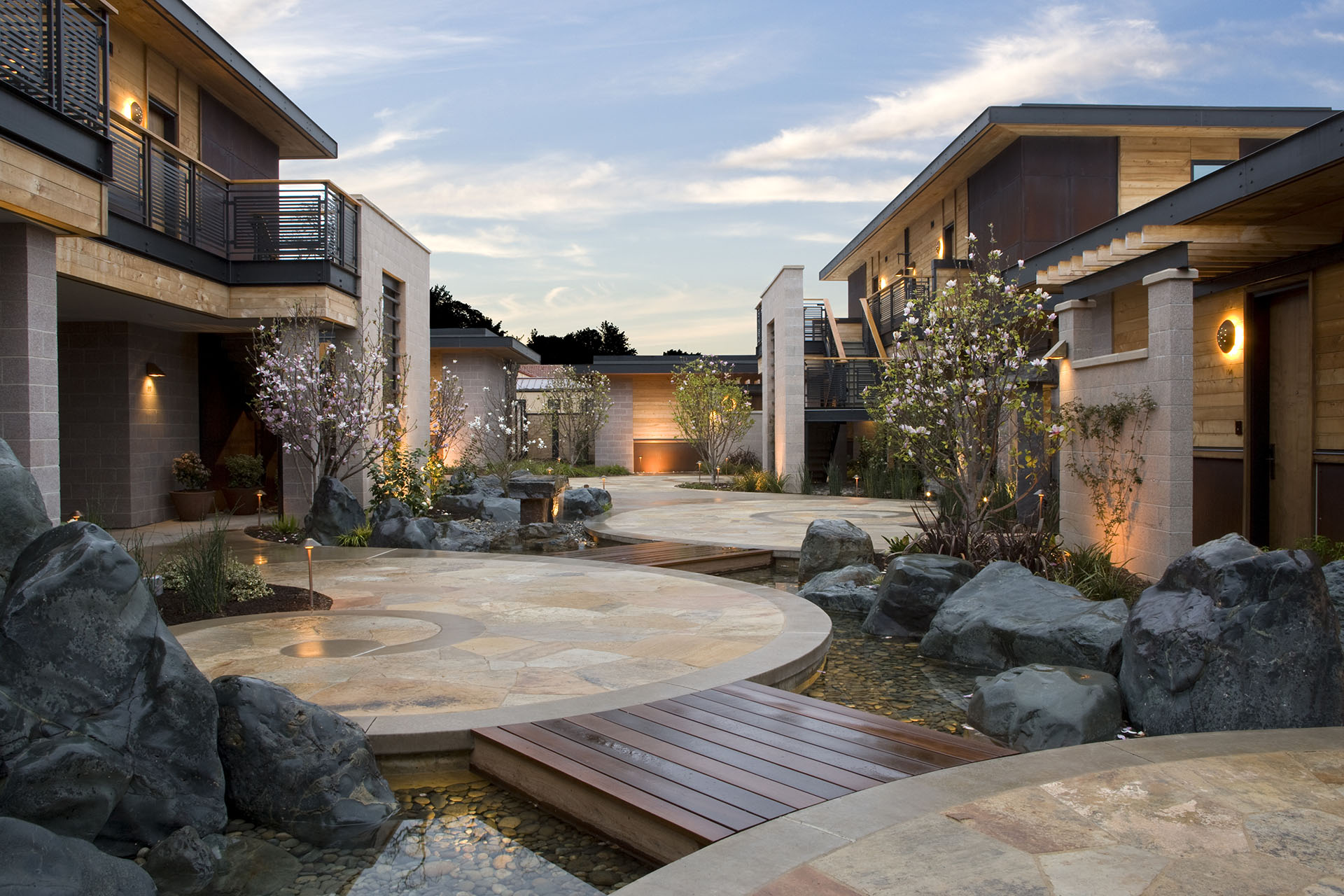
Latest Insights
Perspectives, trends, news.

- Employee Feature |
- Inside WATG
Ashley Scott: Landscape Architecture – Designing Beyond Boundaries

- Employee Feature |
- Inside WATG
Ashley Scott: Landscape Architecture – Designing Beyond Boundaries

- Strategy & Research
Spiritual Travel: Designing to Connect Mind, Body, and Soul

- Strategy & Research
Spiritual Travel: Designing to Connect Mind, Body, and Soul
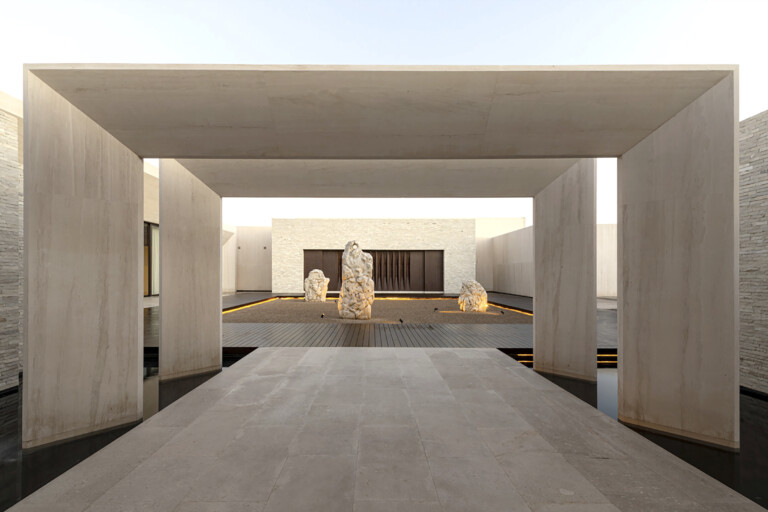
- Case Study
The Design Journey of Nobu Hotel and Residences Los Cabos
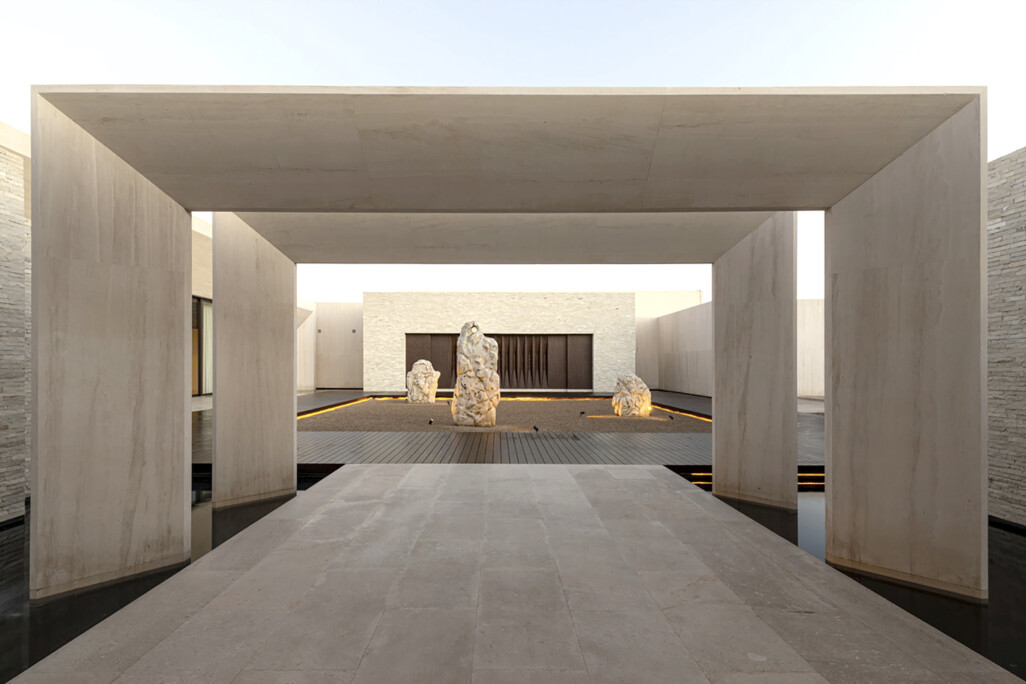
- Case Study
The Design Journey of Nobu Hotel and Residences Los Cabos


- News
